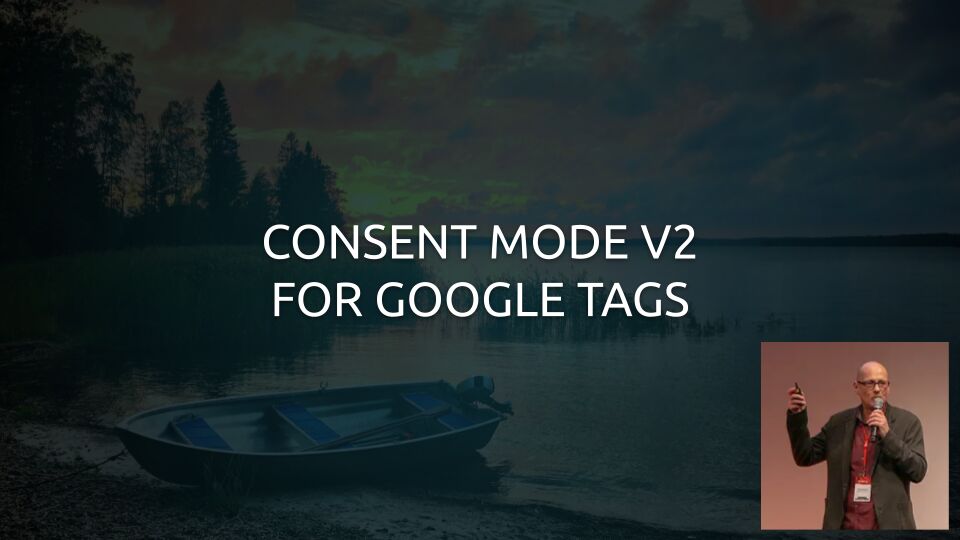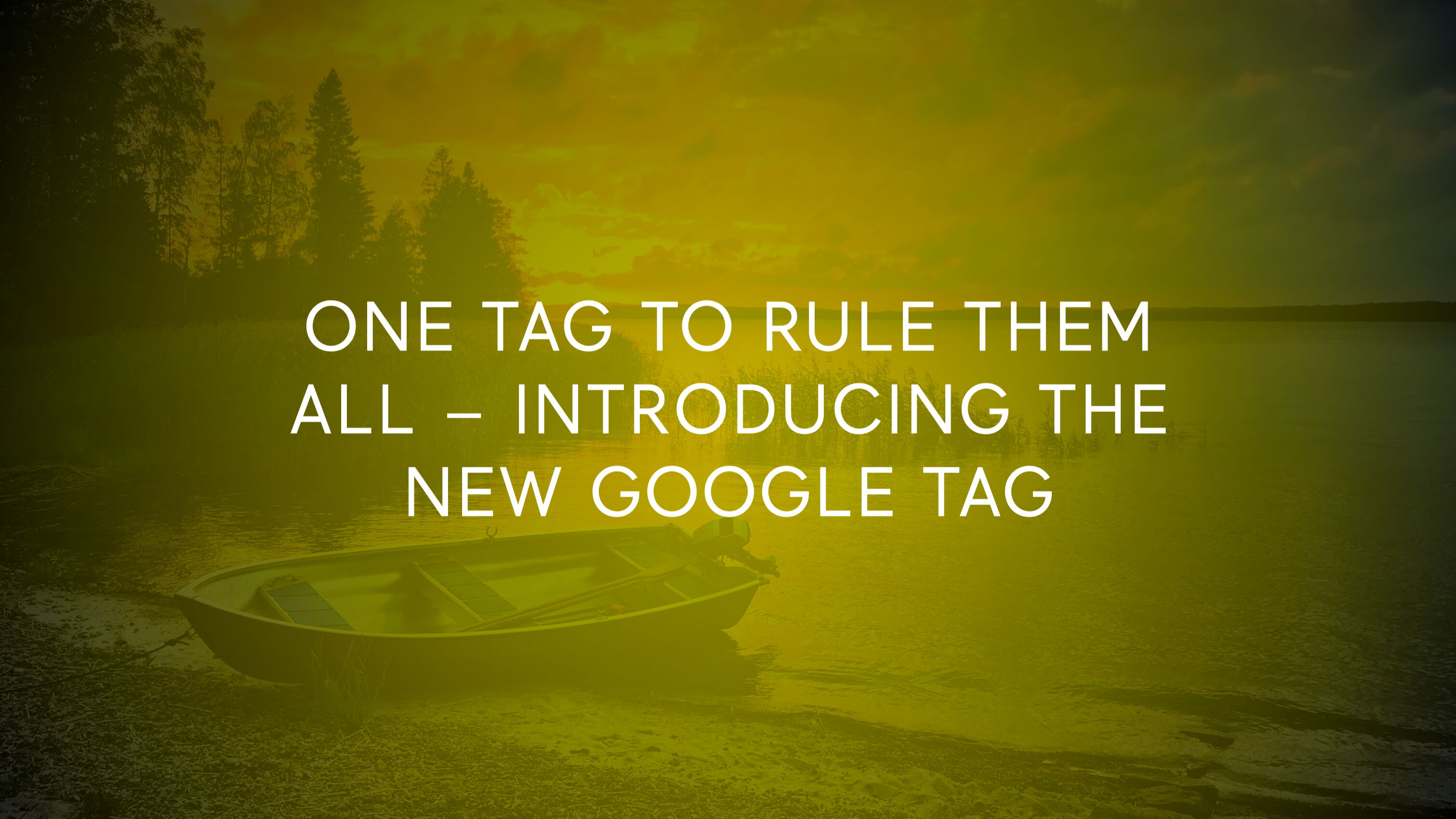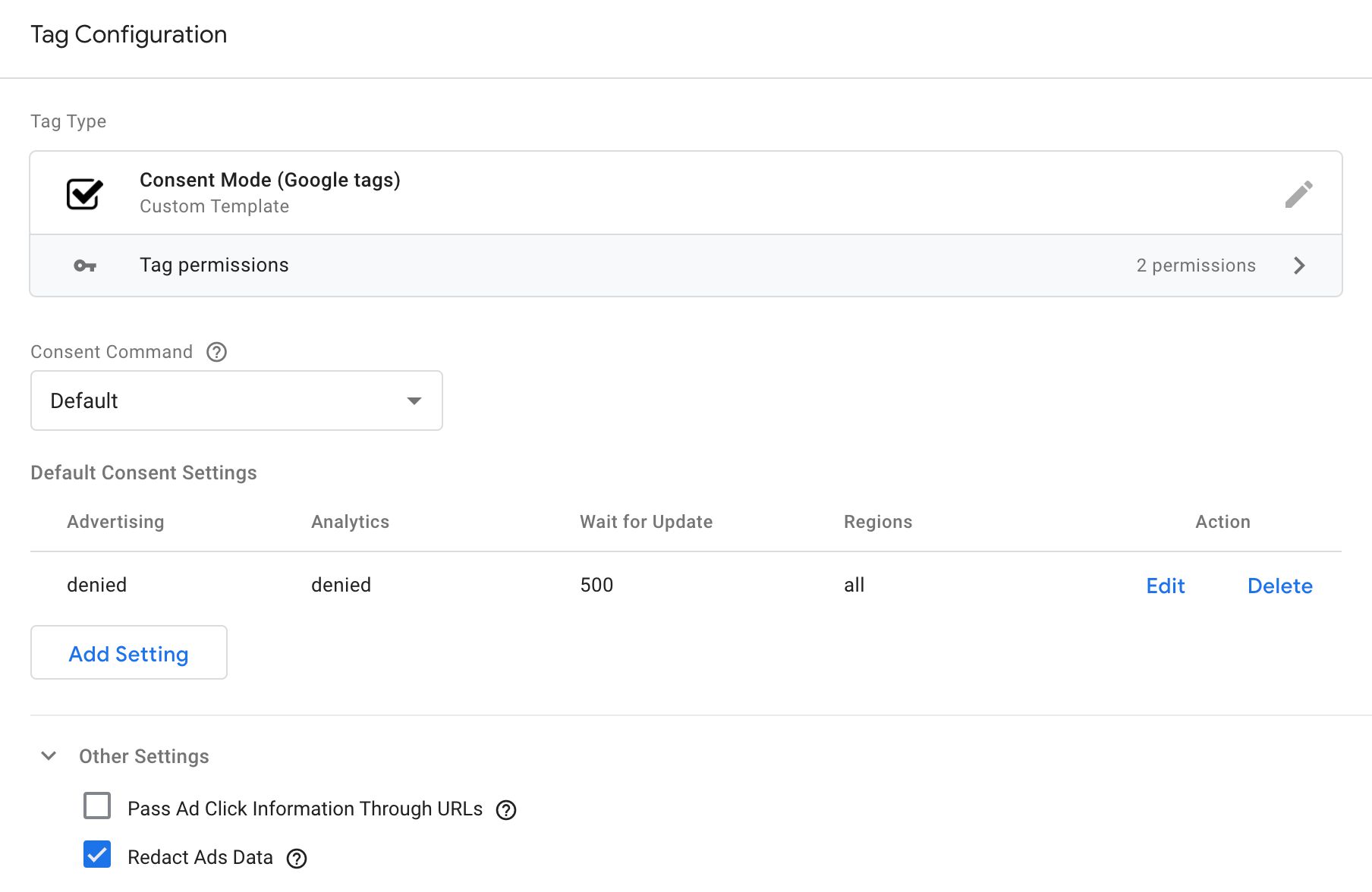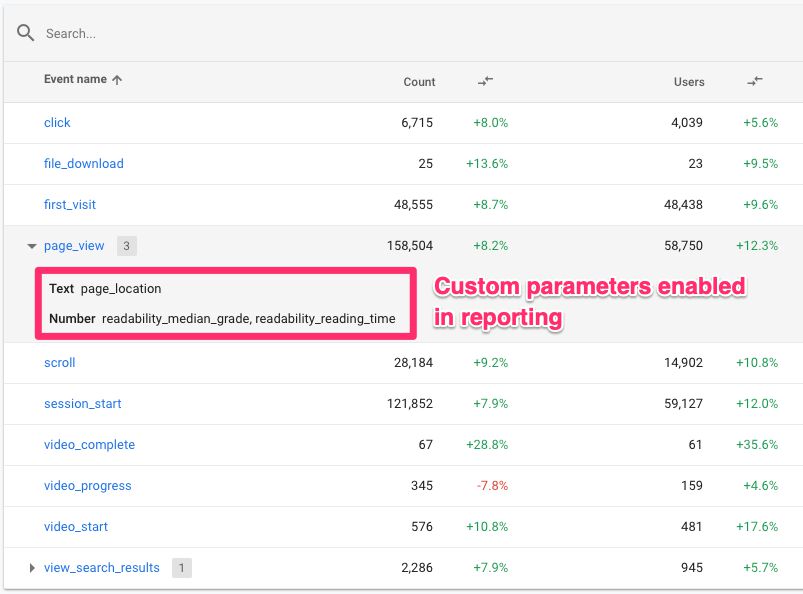**Last updated March 7, 2024. Clarified that you do NOT need to resend hits when consent is granted, if those hits were collected on the same page when consent was denied.
Google’s Consent Mode continues to be a hot topic, especially since in 2024 it will be required to implement Consent Mode in case a website or app is collecting data for audience building or remarketing with Google’s advertising services.







